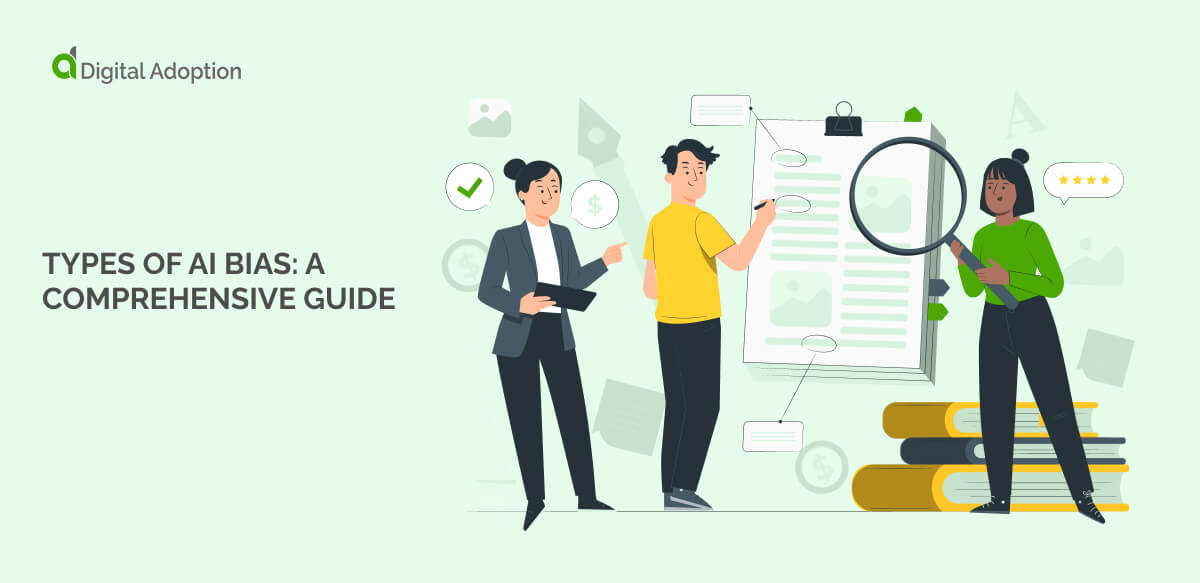A lot of processes go into running a business smoothly and efficiently. Marketing, procurement, human relations, finance are some of them. Coordinating these processes effectively to achieve desired business outcomes takes a lot of effort.
This is where process mapping comes into play.
As the name suggests, a process map is a diagrammatic representation of all the steps into a business process. It captures the sequence of each step, the people involved, the timeline, etc.
Processing mapping has numerous benefits, and we will be exploring them soon.
In this post, we will be examining what a high-level process map is all about, how it works, and how to create one.
What is a high-level process map?
The essence of process mapping is to give a diagrammatic overview of the steps of a business process.
Take marketing – one of the most vital business processes – for example. It involves a lot of parts, some of which include lead generation and nurturing, advertising, sales closure, etc. These parts or steps create a process map when pieced together in a diagrammatic form.
This map can either be well-detailed, capturing all the nitty-gritty of an operational process.
Or it can be cursory and concise, and that is what a high-level process map is about.
A high-level process map is created to give a brief, quick overview of a business process without much detail. It is often used at stakeholders or board meetings to provide concerned parties with a summary of business processes without divulging much information.
Benefits of high-process mapping
One of the chief purposes for creating a process map is to help businesses spot and eliminate inefficiencies in their operations to boost performance.
Process maps also come in handy during employee onboarding, enabling recruits to get up to speed with their job roles.
Additionally, process mapping can help make the life of your employees better. When everyone knows the step involved in a project and who is responsible for what, bottlenecks are eliminated, and things run smoother.
How does high-level processing mapping work?
High-level process maps work using flowchart diagrams to illustrate the steps involved in a process, such as procurement, customer onboarding, change management, employee training, etc.
High-level process maps use a set of shapes such as squares, circles, and diamonds to show the sequence that goes into a business process. It also captures vital information about a process. For example, it can show who is responsible for what, when a task should be completed, the next step to be followed once a task is completed, and lots more.
High-level process maps make it easy for team members to understand their role in a process and work efficiently. It allows project managers to identify critical areas to improve processes and boost efficiency.
High-level vs low-level process map
A high-level process map may not be ideal in all cases, hence the need for a low-level process map
What is a low-level process map, and how is it different from its high-level counterpart?
A low-level process map intuitively zooms in on the minutest detail to give a deeper insight into what is involved.
Take procurements, for example. A high-level process map might only capture and illustrate the flow between the procurement department on the vendor. A low-level map will further capture how quotation and vendor payment receipts are handled, expected delivery time, and lots more.
One of the major challenges with low-level process maps is that it often fails to show “who is responsible for what”. Having a mix of high-level and low-level process maps can greatly help a business organization.
How to create a high-level process map for your business/organization
You can use a couple of techniques to create a high-level process map for your business. The SIPOC technique happens to be one of the most popular.
SIPOC stands for Suppliers, Input, Process, Output, Customers, and a flowchart shows how all these elements are connected.
SIPOC mapping can be done on cardboard, on a whiteboard, etc.
First, you must first determine the entry and endpoints of your process and what is involved. You don’t necessarily need to go into details.
When you are done with that, the next thing you will want to do is to identify who your Suppliers are and list them in the supplier section.
After that, the next step is to determine what you want your final results to be and capture them in the Output section of your map.
The next step is to populate your map’s customer section. This is where you will list out the people who will benefit from your process’s outcome.
At this point, you are ready to show the map to your team and get their input.
Difference between SIPOC and Process Map
Although similar to a huge extent, SIPOC and Process Map aren’t the same.
The critical difference is that while SIPOC captures the macro details giving a general overview of it, a process map zooms in to capture the minute, refined details. This allows stakeholders to gain deeper insight into a business process.
For best outcomes, it’s best to mix the two.
Organizational level process map
Put simply. An Organizational level process map is a flowchart that makes it easy for business establishments to coordinate their operation and the people involved in it.
It is also composed of annotations and shapes that help illustrate the processes involved in an operation.
An Organizational level process map makes it easy for a business organization to spot and fix operational inefficiencies and stop revenue leaks.
It can also help to boost employee motivation and make your people perform at their best.
Conclusion
High-level process maps make it easy for you to understand your business operations better and make the needed adjustments to arrive at favorable outcomes.
Thankfully, creating one isn’t that hard.













